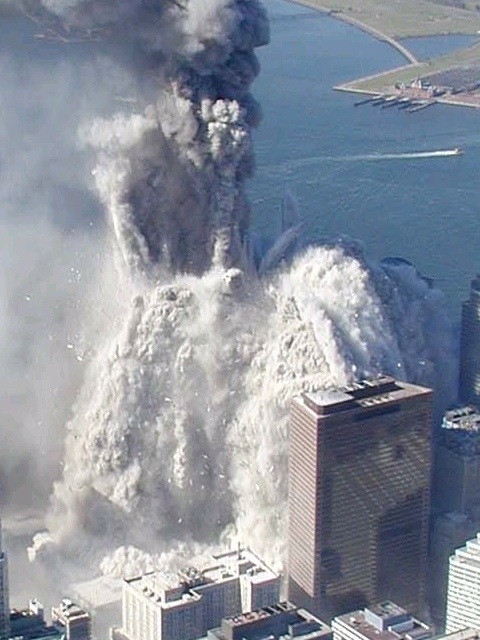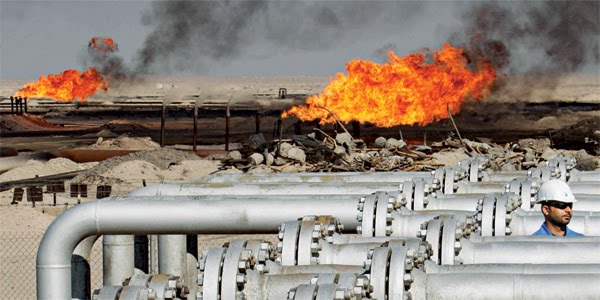
Loose Change is a series of films released between 2005 and 2009 which argue in favor of certain conspiracy theories relating to the September 11th attacks. The films were written and directed by Dylan Avery and produced by Korey Rowe, Jason Bermas and Matthew Brown.
The original 2005 film was edited and re-released as Loose Change: 2nd Edition (2006), and then subsequently edited a third time for the 2nd Edition Recut (2007). Loose Change: Final Cut, deemed “the third and final release of this documentary series” was released on DVD and Web-streaming format on November 11, 2007.
Another version of the film, Loose Change 9/11: An American Coup, released on September 22, 2009, is narrated by Daniel Sunjataand distributed by Microcinema International.
Coverage of the film increased in 2006 with the recut release having airings on U.S. and European television stations and over 4 million views online in four months, leading Vanity Fair to say it could be the first internet blockbuster. Loose Change asserts that the usual account of the Pentagon attack, World Trade Center collapse and United 93 phone calls and crash is implausible and instead suggests the 9/11 attacks were a false flag operation. The film’s main claims have been debated by journalists, independent researchers, and prominent members of the scientific and engineering community.
9/11 conspiracy theories are conspiracy theories that disagree with the widely accepted account that the September 11 attacks were perpetrated solely by al-Qaeda, without any detailed advanced knowledge on the part of any government agency. Proponents of these conspiracy theories claim there are inconsistencies in the official conclusions, or evidence which was overlooked. In a 2008 global poll of 16,063 people in 17 countries, majorities in only nine countries believe al Qaeda was behind the attacks. 46% of those surveyed believed al-Qaeda was responsible for the attacks, 15% believed the U.S. government was responsible, 7% believed Israel was and another 7% believed some other perpetrator, other than al Qaeda, was responsible. The poll found that respondents in the Middle East were especially likely to name a perpetrator other than al-Qaeda.
The most prominent conspiracy theory is that the collapse of the Twin Towers and 7 World Trade Center were the result of a controlled demolition rather than structural failure due to fire. Another prominent belief is that the Pentagon was hit by a missile launched by elements from inside the U.S. government or that a commercial airliner was allowed to do so via an effective standdown of the American military. Possible motives claimed by conspiracy theorists for such actions include justifying the invasions of Afghanistan and Iraq as well as geostrategic interests in the Mideast, such as pipeline plans launched in the early 1990s by Unocal and other oil companies. Other conspiracy theories revolve around authorities having advance knowledge of the attacks and deliberately ignoring or helping to assist the attackers.
The National Institute of Standards and Technology (NIST) and media outlets such as Popular Mechanics have investigated and rejected the claims made by 9/11 conspiracy theories. The civil engineering community accepts that the impacts of jet aircraft at high speeds in combination with subsequent fires, not controlled demolition, led to the collapse of the Twin Towers.
Originally posted 2016-02-08 13:50:55. Republished by Blog Post Promoter

![20130906-090512[1]](https://coolinterestingnews.com/wp-content/uploads/2013/09/20130906-0905121.jpg)










